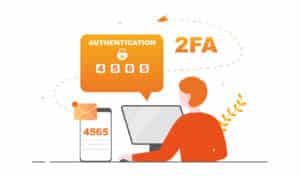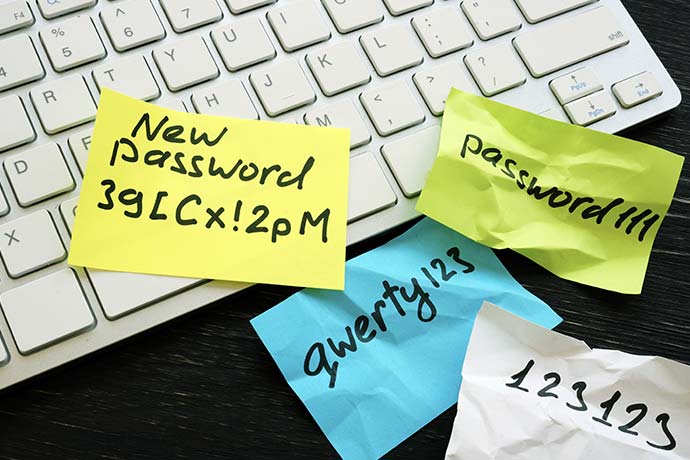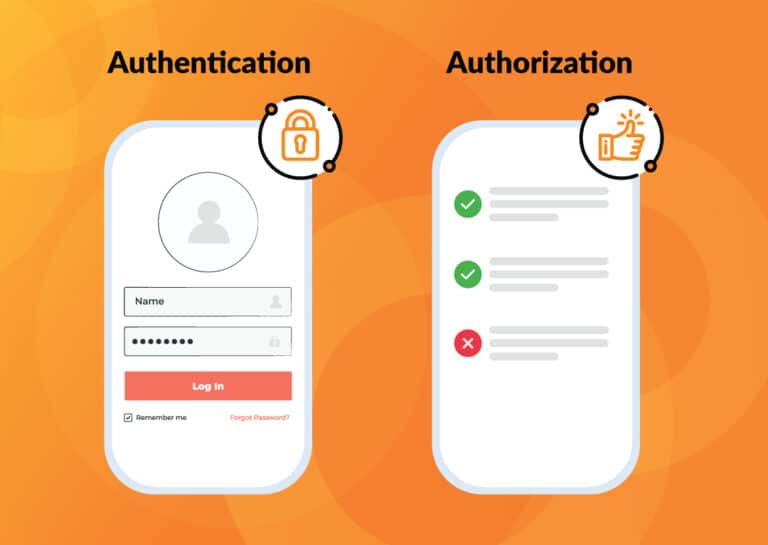
Two-factor authentication: when does it become a requirement?
Ensuring online security is of high importance in the online business sector. With the increasing frequency of cyber-attacks and data breaches, implementing robust authentication methods is becoming a critical priority. Among these methods, two-factor authentication (2FA) is very popular.
Currently, the use of authentication methods is voluntary in many cases, which often leads to the additional security mechanisms being skipped due to a lack of knowledge.
The German Federal Office for Information Security (BSI) has also observed that it is no longer just large, financially strong corporations that are the focus of attackers, but also increasingly small and medium-sized organizations.
In this blog, we therefore address the burning question: When will 2FA become mandatory?
What is two-factor authentication (2FA)?
Before we dive into the topic, let’s briefly recap what 2FA means. Essentially, two-factor authentication adds an extra layer of security to the login process by requiring users to provide two different types of credentials (factors). The authentication methods can be made up of something the user knows (password), something the user has (one-time code via SMS or email to a physical device or a one-time password (OTP) generated by an app) or something the user is (biometric features via face or finger scan). These possible combinations significantly reduce the risk of unauthorized access, as an attacker would need both your password and the physical device or confirmation code to gain access.
The rise of online security threats
With the ever-growing number of cyber threats, many organizations, as well as the government with initial legislation, are becoming more proactive when it comes to protecting sensitive information and personal data.
Despite the fact that 2FA is not yet mandatory in all online services, there is a sense of urgency to improve security measures. This is accompanied by a growing trend to make the use of 2FA a requirement in certain sectors, as well as the first laws. For example, in the financial sector for online payments, the European Union’s revised Payment Services Directive (PSD2) requires strong customer authentication, including 2FA, for all electronic payments to prevent credit card fraud, for example. The responsibility for implementing PSD2 lies with payment service providers such as PayPal, credit institutions and credit card providers. Online retailers only need to ensure that the payment options offered are PSD2-compliant. In the healthcare industry, the Health Insurance Portability and Accountability Act (HIPAA) in the United States requires the use of a second factor to protect patients’ electronic health data.
By implementing two-factor authentication, access to digital services is better secured and platform providers make it harder for hackers or to steal sensitive data. In addition to direct security, MFA also strengthens user trust in digital platforms or services and shows that accounts are protected accordingly.
Organizational acceptance of two-factor authentication
Many organizations, both large and small, are already recognising the importance of implementing 2FA to protect their systems and data. With mobile working on the rise and the shift to cloud-based services, organizations are also actively adopting 2FA to improve their security posture.
Tech giants such as Google, Microsoft and Facebook have been offering the use of two-factor authentication for some time now. The Google Group has also been offering its users the option of passwordless authentication via a one-time password for a few weeks now.
The call for mandatory 2FA
The fact is that although 2FA is not yet mandatory, it is increasingly being recommended as best practice in all industries. As the technology matures and awareness spreads, there is a growing consent that 2FA could become the norm in the not-too-distant future. Governments and regulators are committed to user security and there is an incentive for businesses to adopt stronger authentication methods to protect their users and avoid reputational and financial damage to their organization.
Why two-factor authentication with cidaas?
cidaas offers a modern and secure multi-factor authentication solution to prevent identity theft. With the smart MFA, a user-friendly method can be selected that only automatically requests additional factors for authentication in the event of suspicious behaviour. This procedure or the passwordless authentication of cidaas significantly increases security and improves user comfort with a convenient login.
cidaas promotes secure and convenient login procedures, while at the same time helping to avoid the use of weak passwords.
Does requiring MFA now make sense?
Although it is not yet required everywhere, there is a clear trend towards making 2FA mandatory in certain industries and sectors. Given the constant evolution of cyber threats and the increasing importance of protecting sensitive data, it’s only a matter of time before 2FA becomes the default authentication method for online services.
Until then, it is advisable for individuals and organizations alike to adopt or use 2FA voluntarily and enjoy the security for company and user data that two-factor authentication brings.


